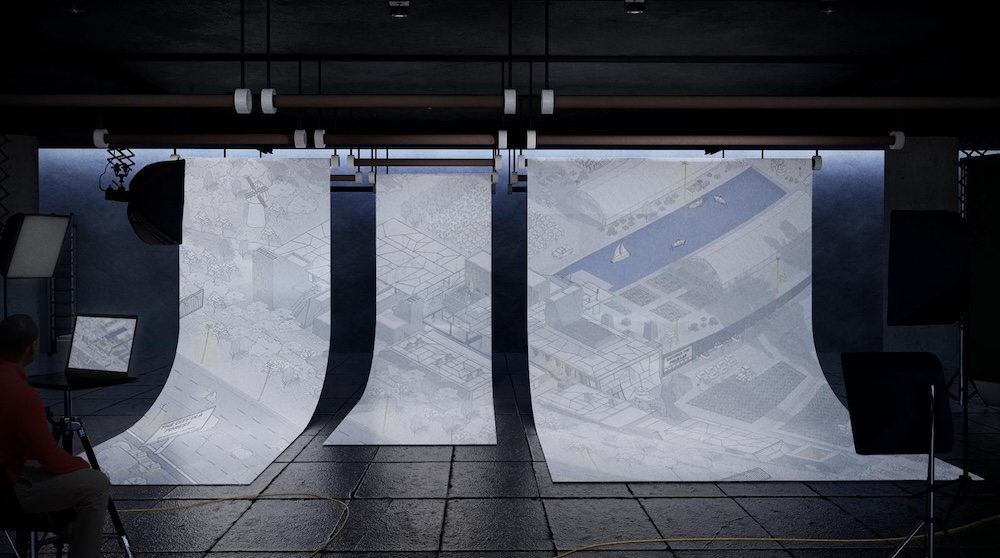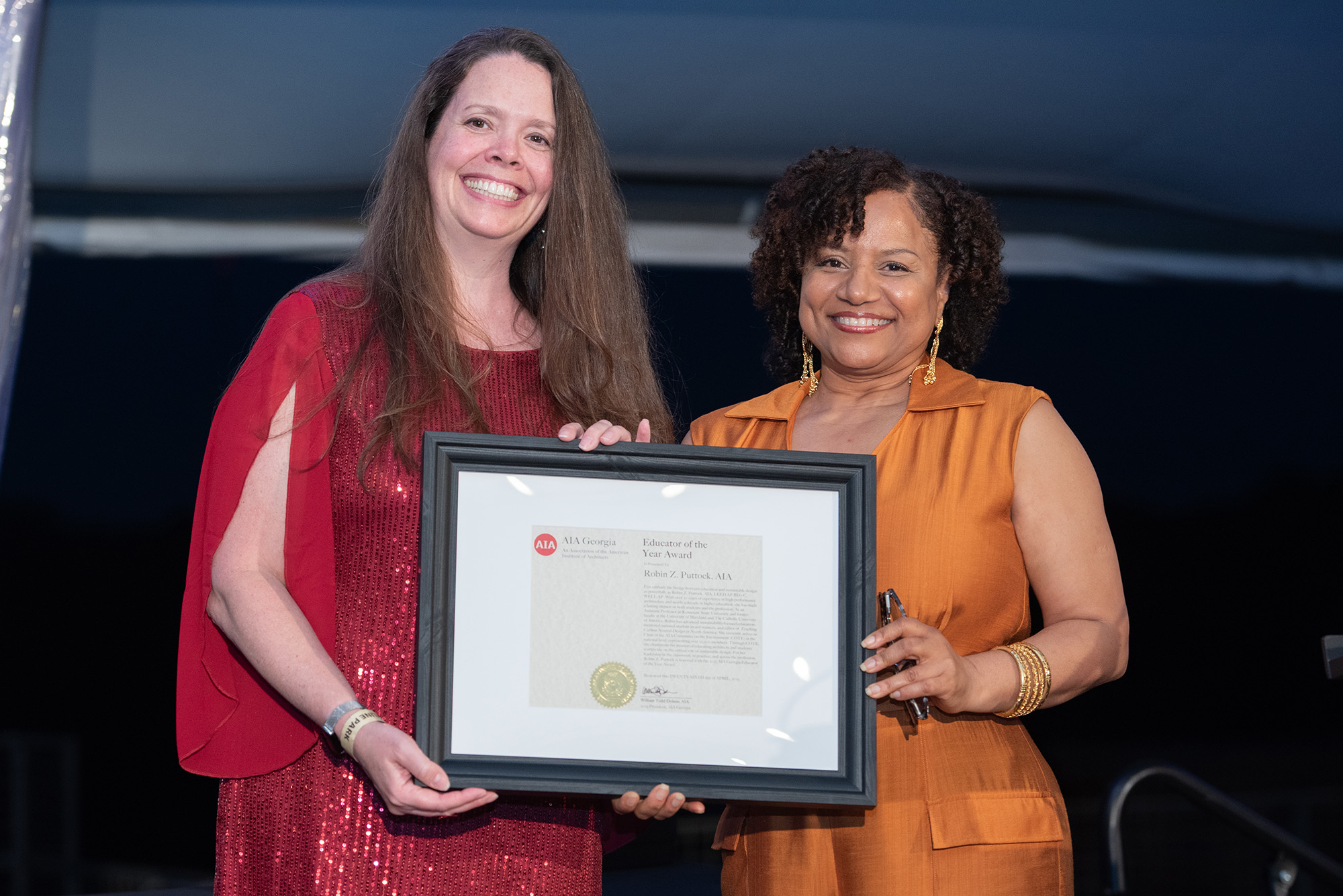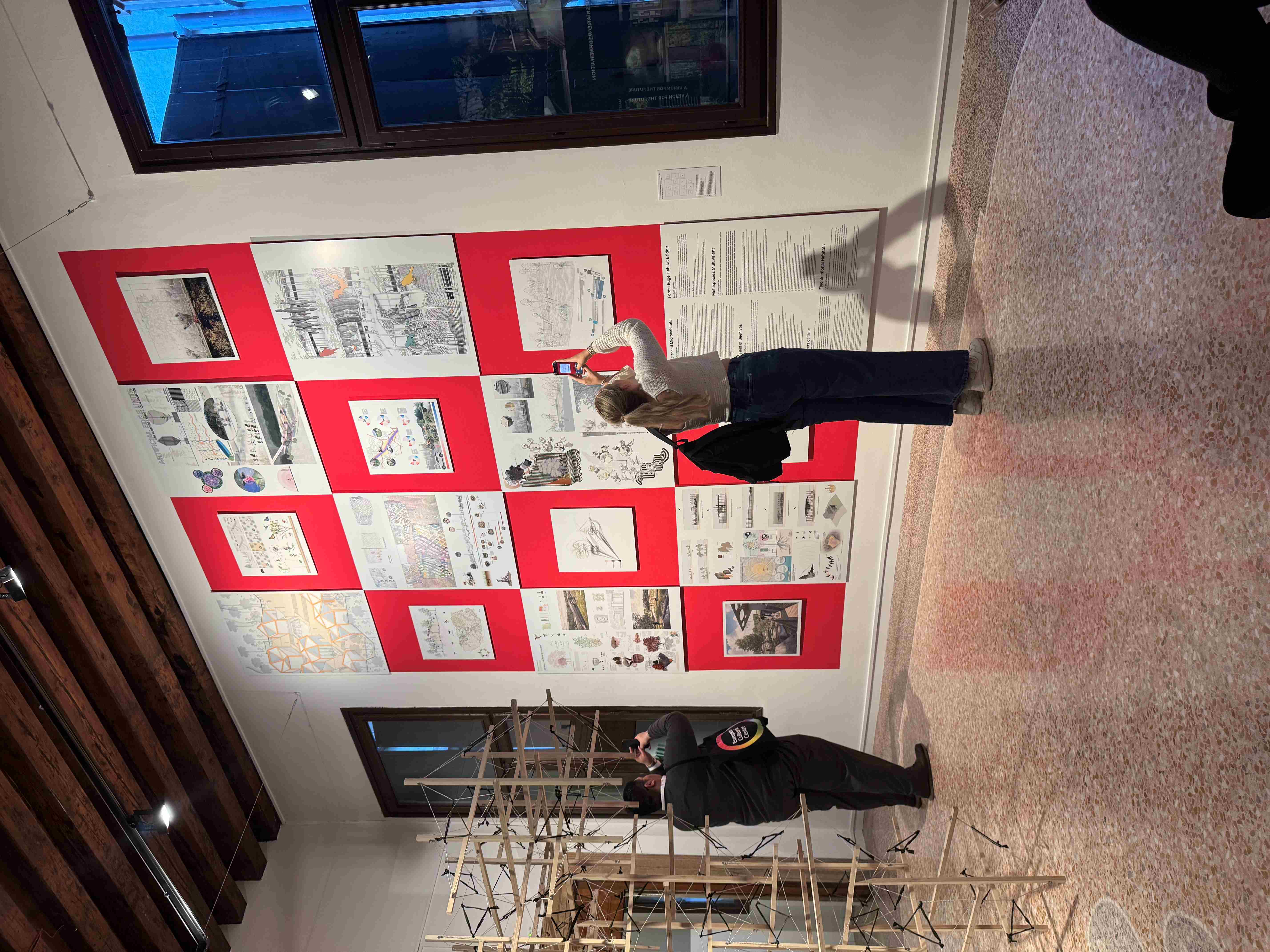

KENNESAW, Ga. | Mar 7, 2019
Student researches prison reform through architectural lens

Each year, thousands of undergraduates from all over the United States participate in the National Conference on Undergraduate Research (NCUR). NCUR, the largest conference dedicated to undergraduate research in the country, features work from some of the nation’s best and brightest students. Kennesaw State will serve as the host institution for NCUR 2019 April 11-13. Darral Tate of Acworth is one of more than 400 KSU students who will present his research at NCUR.
Darral Tate, a fifth-year architecture student, has spent the past year researching how architecture can be used to solve America’s rising prison population. Tate’s thesis, “The Anti-Panopticon,” suggests designing a facility that could help prisoners more easily reintegrate with society and limit the rate of recidivism. His research challenges Jeremy Bentham’s 18th century design known as the Panopticon, a structure designed to allow prison guards to keep watch on nearly all prisoners from a single vantage point. Rather than encourage constant surveillance, Tate has studied how prisons could be designed in a way to allow more space that could increase learning among prisoners to better prepare them for life on the outside.
In January, Tate was named co-winner of the Department of Architecture’s annual Cooper Carry Three Minute Thesis Competition, held each year to showcase the presentation and design capabilities of fifth-year architecture students. He will be attending his first NCUR this April.
What is your area of research?
Many states describe the purpose of their prisons as facilities that “protect the public while reducing recidivism.” However, the rising rates of repeat incarceration throughout the U.S. prove this system is not working.
My thesis seeks to define and explain how architectural design can be used to address the shortcomings of our prison facilities. With technology, we are no longer bound to the antiquated model of the Panopticon and direct surveillance. Architects have the capability and resources to prioritize restorative spaces that are beneficial to reintegrating someone into a healthy and normal life. My thesis argues for a new prison typology that will prioritize user-based experiential perspectives that contribute to the health and enrichment of the individual.
What (and/or who) has been your inspiration for your research?
In the Department of Architecture, we work with one professor for the entire year during our thesis. It’s really important that you chose a professor that shares your excitement for the topic. Ed Akins, associate professor of architecture, has inspired me to produce work that I can be proud of.
What motivated you to get involved with undergraduate research and NCUR?
With Kennesaw State hosting NCUR, my advisors and I felt that this would be another
excellent opportunity to refine my ideas and make them clearer to a broader audience.
Ed Akins, my primary thesis advisor, and our thesis coordinator, Liz Martin-Malikian,
associate professor of architecture, have encouraged me to develop clear and concise
research that would be valid for the NCUR conference. Every week we meet to strengthen
my research and design processes, so that I will reach a successful outcome.
What do you hope to gain from your experience with NCUR?
Preparing for NCUR has helped me to focus my ideas and clearly communicate them to
others who may not be familiar with the complexity and breadth of architectural education.
In fact, developing the abstract for NCUR was one of the many tasks that helped me
to tie for first place in the KSU Architecture Cooper Carry Three Minute Thesis Competition
this year.
What advice would you give others about doing undergraduate research or participating
in NCUR?
Sometimes picking a topic for undergraduate research can be difficult, but it helps
if you are doing something you are truly passionate about. If you are beginning your
research and do not know exactly what to focus on, start with the things that interest
you the most, things you may do in your free time and try connecting them back to
your area of study. If you can successfully do that, no part of your research will
ever seem daunting.
Wrtitten by Travis Highfield, Photos by David Caselli, Original Story

Kennesaw State graduates earn international recognition for award-winning architectural drawing

Kennesaw State assistant professor named 2025 AIA Georgia Educator of the Year

Kennesaw State architecture students bring eco-centered design to global stage in Italy

Recent Kennesaw State architecture graduate named to Metropolis Future100 list